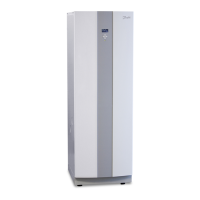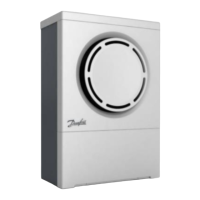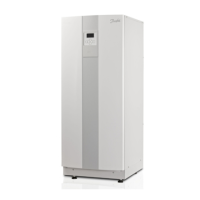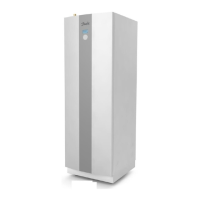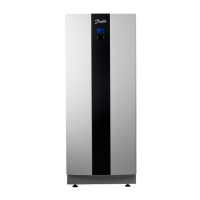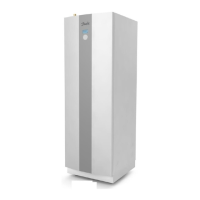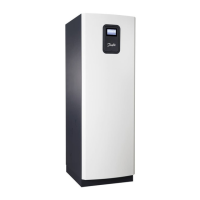Problem – Irregular indoor temperature
Cause Troubleshooting Remedy
1. The heat pump’s control computer is
not set/adjusted to the customer’s require-
ments/wishes.
Check the ROOM and CURVE, MIN, MAX
CURVE5, CURVE0, CURVE-5 and HEATSTOP
settings.
Adjust incorrect values in the heat pump’s
control computer.
ROOM = Desired indoor temperature
CURVE = Should be set so that the desired
indoor temperature (ROOM) is maintained
regardless of the outdoor temperature.
MIN = Lowest set-point value on the supply
line regardless of the outdoor temperature
(on the condition that heat-stop does not
apply).
MAX = Highest set-point value on the sup-
ply line regardless of the outdoor tempera-
ture.
CURVE5,0,-5 = The supply temperature can
be adjusted up or down 5°C at these out-
door temperatures.
HEATSTOP = Stops all production of heat
when the outdoor temperature is the same
as or greater than the set value. To exit heat-
stop the outdoor temperature must drop to
3°C below the set value.
2. Incorrectly positioned/installed sensors. Check that outdoor sensors and any room
sensors are installed according to the
instructions and that they are calibrated.
•Checkthattheroomsensorispositioned
in a suitable place that is representative of
the building and calibrate it if necessary.
Avoid placing near external doors, windows
and heat sources.
•Installtheoutdoorsensoraccordingtothe
instructions and calibrate it, if necessary.
OTHER
Problem – The heat pump runs and runs but never stops
Cause Troubleshooting Remedy
1. Air in the heating system. Listen for air in the heat pump and heating
system.
Bleed the heating system circuit according
to the installation instructions.
2. Lack of refrigerant, not enough refriger-
ant in the system.
Using manometer apparatus and thermom-
eter, check that the unit’s overheating is
correct for the specific refrigerant.
Follow the correct procedure (depending
on type of refrigerant) to add the correct
amount of refrigerant.
If there appears to be a leak in the refriger-
ant circuit, carry out leak tracing and any
necessary corrective action. If leak tracer
is not available, brush soap water on the
suspected leak and look for bubbles. Also
check for oil as this can come out from the
refrigerant circuit.
3. Changed conditions. Have you increased
your heating and/or hot water demand?
•Iftheheatpumphasbeendimensioned
for a certain demand and this demand is
increased, the heat pump might not be able
to maintain the desired room temperature.
•Ifhotwaterconsumptionincreases,a
larger proportion of time is used to produce
hot water, which means less time for heat
production (only applies to VL-systems).
If the heat pump cannot cope with the
demand, replace it with one with a higher
output or supplement it with a higher out-
put auxiliary heater.

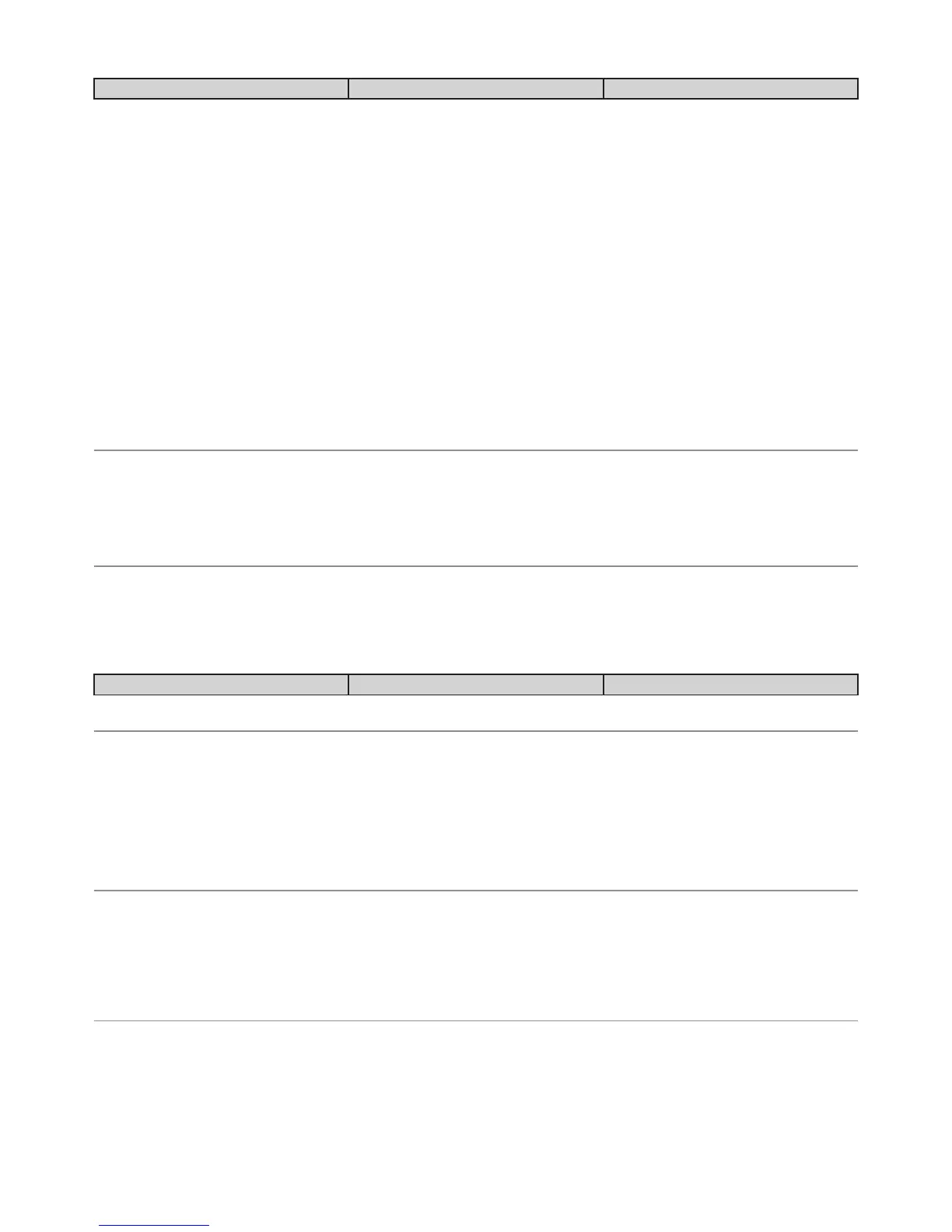